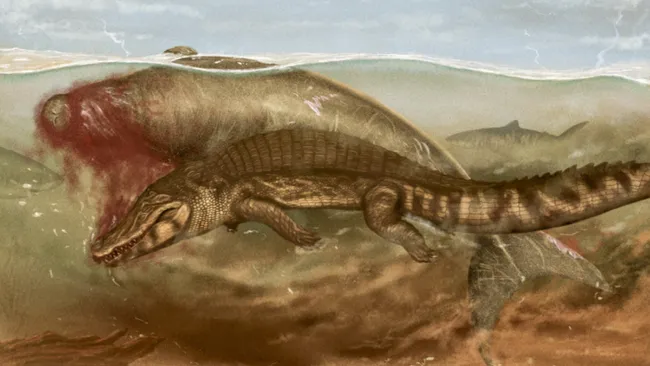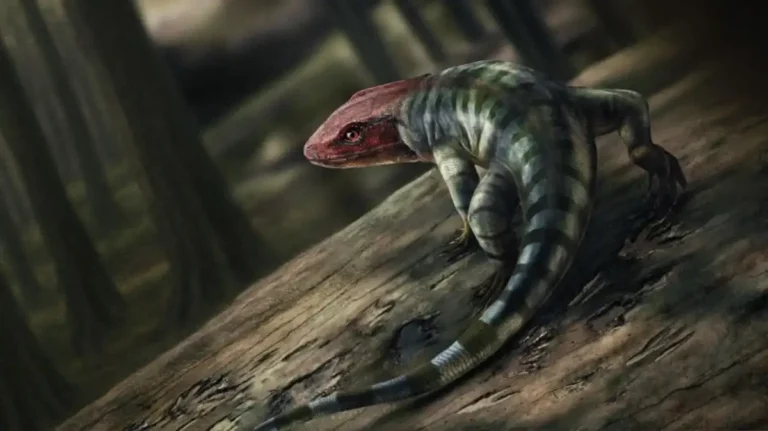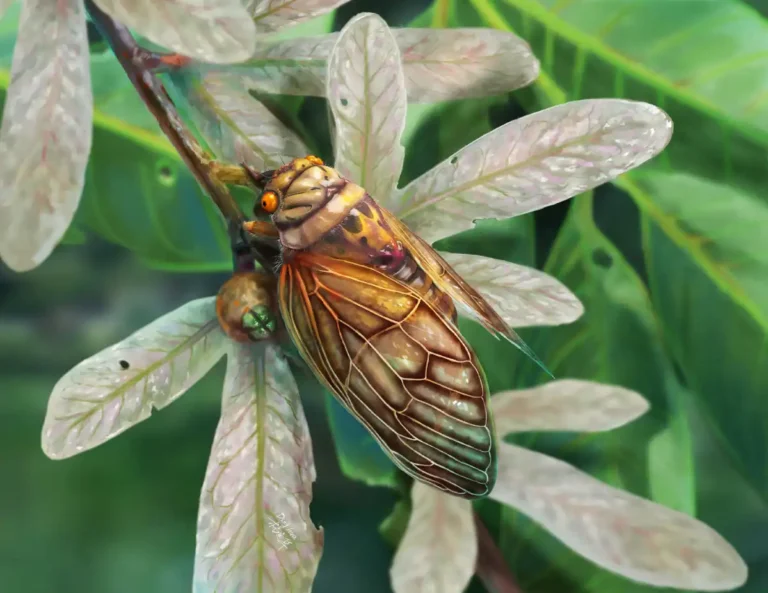Ancient sea cow killed by crocodile and torn apart by tiger shark

Scientists have revealed the discovery of a rare fossil: a prehistoric sea cow found by a farmer in northern Venezuela. The skeleton suggests that the animal was the victim of an attack by an ancient crocodile and later consumed by a tiger shark.
The discovery, which dates back to the early and middle Miocene (between 23 million and 11.6 million years ago), offers a rare opportunity to observe the interaction of multiple predators on a single prey. Although it is common to find evidence that one animal has been eaten by another, distinguishing between active predation and necrophagy is often a challenge for paleontologists.
“Our findings constitute one of the few records documenting multiple predators on a single prey and, as such, provide a glimpse into the food chain networks in this region during the Miocene,” commented Aldo Benites-Palomino, lead author of the study and researcher at the University of Zurich’s Department of Paleontology.
The study, published recently in the Journal of Vertebrate Paleontology, details that the sea cow, of the genus Culebratherium, exhibited deep tooth marks on its snout. This suggests that the crocodile first attacked the victim’s face, trying to suffocate it. Other marks indicate that the predator dragged its prey, performing a deadly roll, a behavior similar to that observed in modern crocodiles.
In addition, the paleontologists found a tiger shark tooth (Galeocerdo cuvier) stuck in the neck of the fossil, along with bite marks on other parts of the skeleton. Known today as “garbage collectors of the sea”, these sharks are opportunistic and often feed on carrion, a behavior that seems to date back millions of years.

The fossilized skeleton, which includes part of the skull and 18 vertebrae of the sea cow, was unearthed in outcrops of the Agua Clara Formation, near the town of Coro. “We first heard about the site through a rumor from a local farmer who had noticed some unusual ‘rocks’. Intrigued, we decided to investigate,” explained Marcelo Sanchez-Villagra, director of the Zurich Paleontological Institute and Museum.

For the excavation, the paleontologists prepared for several months, with a team of five taking seven hours to remove the skeleton. The excellent preservation of the bones is attributed to the fact that they were buried in fine sediments.
After collecting the remains, the team thoroughly analyzed the bite marks, examining the shape, depth and orientation of the cuts. The semicircular punctures and wider curved incisions were attributed to the crocodile, while the long, narrow, V-shaped slit marks were typical of shark bites. The presence of the tooth between the neck and ribcage confirmed that the tiger shark played a role in the consumption of the carcass.
This evidence suggests that, just as in Miocene times, the modern food chain continues to function in a similar way, with the carcass of a dead animal providing food for other predators. “Today, many times when we observe a predator in the wild, we find the carcass of a prey that demonstrates its function as a food source for other animals as well; but fossil records of this are rarer,” concluded Benites-Palomino.






